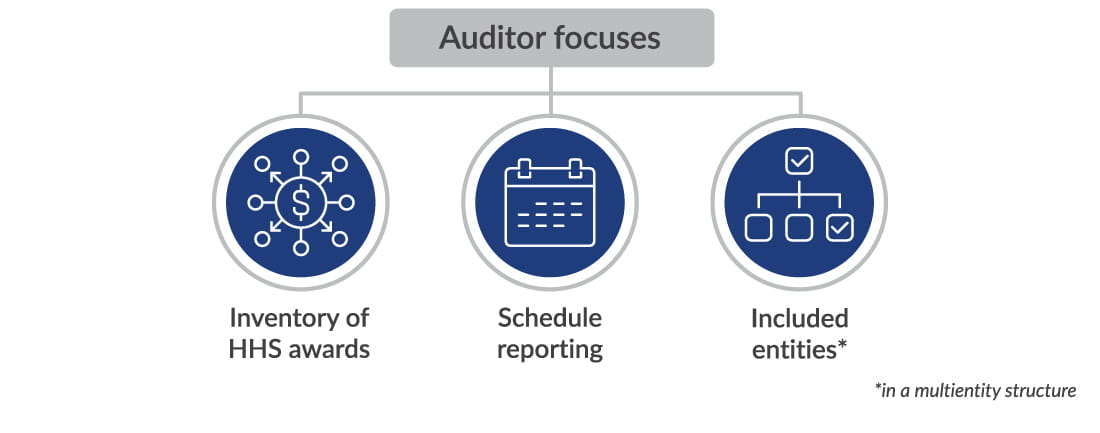Top USMCA questions
Here are the top questions we’re hearing from clients:
1. Customers are just replacing NAFTA with USMCA as a header on their forms. If I’m just being asked to supply the same information as I did under NAFTA, is that okay?
Not necessarily. Even though an official USMCA certificate hasn’t been formally released, there are companies that have developed their own internal forms for their vendors to fill out. At the end of the day, companies need to make sure they can provide the nine minimum data elements detailed in the Annex 5-A of the USMCA text.
2. Can I just assume the Harmonized Tariff Schedule (HTS) code I’ve been using remains the same under USMCA?
No, HTS codes are modified and updated on a regular basis. Due to the increased level of oversight and compliance under the USMCA, you must ensure that you’re up to date on any changes or modifications — more so than under NAFTA when enforcement was more relaxed.
3. Will automotive suppliers have to comply by July 1, or will there be an extension?
All companies of any industry should operate under the assumption that the USMCA will enter into force on July 1 as it stands. The automotive industry has been lobbying for and considering a delay to the implementation of the new automotive rules of origin; however, no official information on a potential extension or delay has been released from any of the member countries. Companies should be preparing now to ensure they’re in compliance beforehand.
4. What will happen for products with NAFTA certificates that stipulate a blanket period for the entire year?
These certificates will no longer be valid once the USMCA enters into force on July 1, 2020. Companies should ensure that they comply with the USMCA documentation requirements.
5. I only sell products domestically; isn’t this just my customer’s problem?
Your customer will have to have the data and documentation to back up their products’ origin. Therefore, be prepared to fulfill requests from your customers to provide this information. You should also have this documentation available in case you’re audited by your country’s customs authority.
6. Isn’t it my customs broker’s responsibility to maintain documentation?
Although it’s common practice for your customs broker to maintain and track documentation related to your imported/exported products, companies should ensure that proper documentation is maintained. The customs authority’s view is that the onus is on the company to provide this documentation, not the customs broker.
7. What does the $16 USD/hour labor value content for automotive include?
The $16 USD/hour average refers to the production wage rate that’s the average hourly base wage rate, not including benefits, of employees directly involved in the production of the part or component. It doesn’t include salaries of management, R&D, engineering, or other workers who aren’t involved in the direct production of the parts or in the operation of production lines.
Heading Level 4
Lorem ipsum dolor sit amet, consectetur adipisicing elit, sed do eiusmod tempor incididunt ut labore et dolore magna aliqua. Ut enim ad minim veniam, quis nostrud exercitation ullamco laboris nisi ut aliquip ex ea commodo consequat. Duis aute irure dolor in reprehenderit in voluptate velit esse cillum dolore eu fugiat nulla pariatur. Excepteur sint occaecat cupidatat non proident, sunt in culpa qui officia deserunt mollit anim id est laborum.
- Numbered list
- Numbered list
- Numbered list
- Numbered list
Lorem ipsum dolor sit amet, consectetur adipisicing elit, sed do eiusmod tempor incididunt ut labore et dolore magna aliqua. Ut enim ad minim veniam, quis nostrud exercitation ullamco laboris nisi ut aliquip ex ea commodo consequat. Duis aute irure dolor in reprehenderit in voluptate velit esse cillum dolore eu fugiat nulla pariatur. Excepteur sint occaecat cupidatat non proident, sunt in culpa qui officia deserunt mollit
- Bulleted list
- Bulleted list
- Bulleted list
- Bulleted list
- Bulleted list
Heading Level 3
Lorem ipsum dolor sit amet, consectetur adipisicing elit, sed do eiusmod tempor incididunt ut labore et dolore magna aliqua. Ut enim ad minim veniam, quis nostrud exercitation ullamco laboris nisi ut aliquip ex ea commodo consequat. Duis aute irure dolor in reprehenderit in voluptate velit esse cillum dolore eu fugiat nulla pariatur. Excepteur sint occaecat cupidatat non proident, sunt in culpa qui officia deserunt mollit anim id est laborum.
In conclusion
It’s critical to understand that USMCA enforcement will go beyond just issuing a certificate as in the NAFTA days. You’ll need to validate that you’re using the right HTS codes, understanding the rule of origin changes for your specific HTS codes, and validating and documenting the country of origin for your raw materials and finished goods. By doing this, your company will be ready to comply with requests from your customers and the customs authority.
It’s critical to understand that USMCA enforcement will go beyond just issuing a certificate as in the NAFTA days.
Avoid costly future problems by getting prepared now. If you need help reviewing your HTS codes or how rules of origin impact on your business, or have questions about compliance with USMCA requirements, give us a call. We’re here to help.
For more information, watch our on-demand webinar, “Ready or not: The USMCA is coming to replace NAFTA.”








